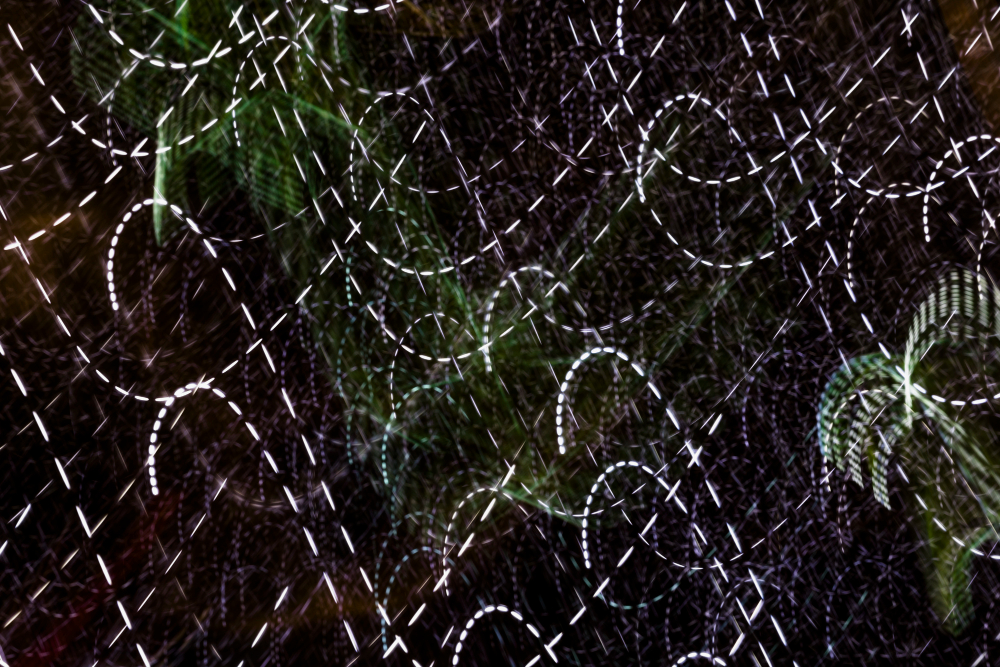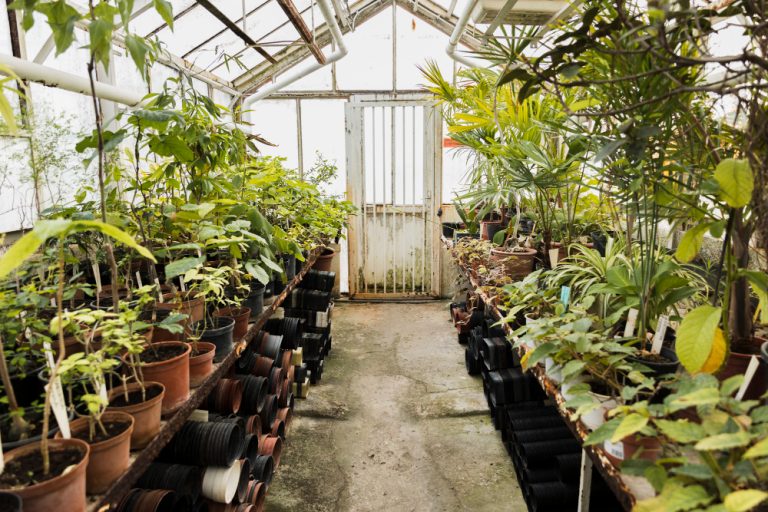
Anti-insect netting is a lightweight, fine mesh used to protect crops from pests while allowing sunlight, air, and water to pass through. Here’s what you need to know:
Key Features
Material: Typically made of high-density polyethylene (HDPE) or polypropylene, UV-stabilized for durability (3-5+ years).
Mesh Size: Varies (e.g., 25-50 mesh) to block specific insects like aphids, whiteflies, thrips, or larger pests like fruit flies. Smaller mesh (e.g., 0.25mm x 0.77mm) targets tiny pests but may reduce airflow.
Light Transmission: Allows 80-93% sunlight, ensuring healthy plant growth without excessive shading.
Breathability: Permeable to air and water, preventing heat buildup and allowing irrigation.
Benefits
Pest Control: Blocks harmful insects (e.g., cabbage moths, carrot flies) and reduces disease spread by pests, minimizing pesticide use.
Environmental Protection: Shields crops from wind, hail, and heavy rain; some nets offer mild frost protection.
Higher Yields: Decreases pest damage, leading to healthier plants and better harvests.
Organic Farming: Supports chemical-free cultivation, ideal for pollution-free crops.
Applications
Greenhouses: Covers vents, doors, or entire structures to create a pest barrier.
Gardens/Fields: Draped over plants, hoops, or low tunnels to protect vegetables, fruits, or flowers.
Fruit Trees: Prevents damage from fruit flies and moths.
Orchards/Vineyards: Protects against larger pests like birds or fruit flies with coarser mesh (e.g., 17-32 mesh).
Installation Tips
Coverage: Fully enclose crops, securing edges with soil, pins, or clips to prevent insect entry. Avoid foliage touching the net, as pests can lay eggs through it.
Timing: Install before planting or sowing to prevent early infestations. Remove during flowering for crops needing pollination (e.g., strawberries).
Maintenance: Regularly inspect for tears, clean the greenhouse, and remove weeds to reduce pest sources.
Considerations
Mesh Selection: Choose based on target pests, climate, and ventilation needs. Finer mesh blocks smaller insects but may limit airflow.
Cost: Initial investment is higher than pesticides but cost-effective long-term due to reduced chemical use and higher yields.
Durability: UV-resistant nets last multiple seasons if handled carefully, but they can degrade or tear with prolonged exposure.
Limitations
Pollination: May block beneficial insects like bees unless removed during flowering.
Removal: Requires careful removal for weeding, harvesting, or disposal after wear.
Not Foolproof: Very small pests (e.g., spotted wing drosophila) may still penetrate finer meshes, requiring integrated pest management.




